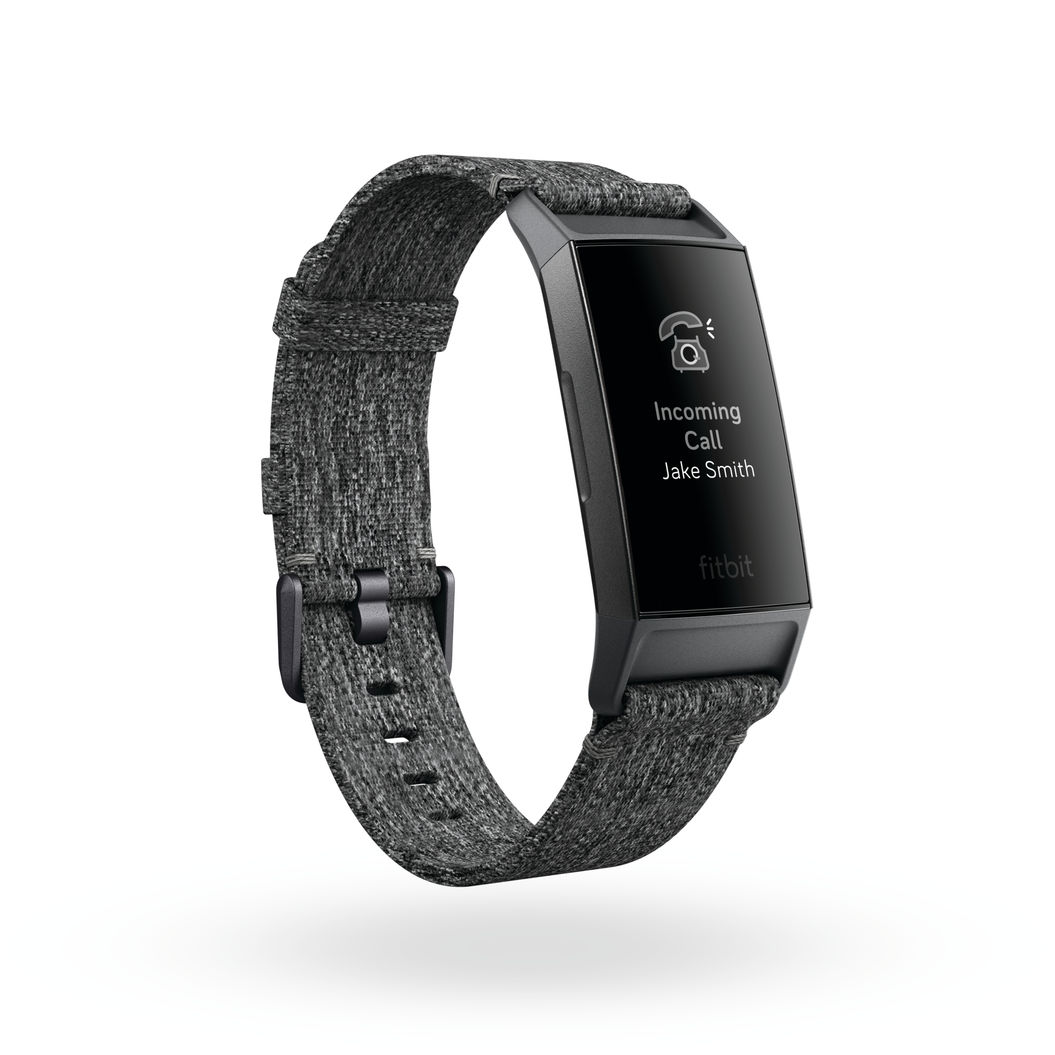

Starting sometime this November, users with devices that only have heart rate monitors can get a "sleep score" after each night's sleep. It'll be used primarily in Fitbit's forthcoming Sleep Score Beta, which further analyzes sleep quality using heart rate and breathing data. The company claims that the SpO2 monitor will help its devices look for signs of sleep apnea and other breathing problems, potentially great features for devices that are meant to be worn 24/7. However, currently the SpO2 monitor lies dormant inside all of these devices as Fitbit hasn't made use of it yet. The Charge 3 is the third Fitbit device to include an SpO2 sensor, following in the footsteps of both the Fitbit Ionic and the Versa smartwatches. Inside the Charge 3 are an accelerometer, gyroscope, optical heart rate monitor, and an SpO2 sensor for tracking blood oxygen levels. Even if you don't swim often, water-resistance up to 50 meters means users don't have to worry about showering with the Charge 3 or dropping it in the pool by accident. But the $150 Charge 3, with its big display and smattering of smartwatch capabilities, is for a different audience than those who would gravitate to the tiny, quasi-cylindrical Flex 2. Fitbit's Flex 2 remains its most affordable device with swim-tracking features, priced at $60. I've been pleased to see swim-tracking trickle down into more affordable devices over the past few years. The new band snaps right into place without any extra effort. Fitbit updated the connecting mechanism that lets you switch out the bands on the Charge 3, making it easier to press the black sliver of a button on either end to release the device's current band. If you're at all familiar with the Charge 2, you'll notice that not much has changed in the updated device-it's still a rectangular tracker hugged on its short edges by two parts of a band. The Charge 2 was one of Fitbit's most popular trackers, so the company stuck with the winning formula with the Charge 3. And after wearing the new Charge 3 for nearly two weeks to see how well Fitbit's gentle marriage of smartwatch and tracker features turned out, it seems the form factor remains radically unchanged-but that's not a bad thing in practice. As a result, fitness trackers have become a bit stale. And, perhaps the most important distinction of all, fitness trackers are generally less expensive than smartwatches.īut smartwatches have the innovation advantage these days as most companies making such devices try to develop features that competitors don't have. They're less complicated because they're designed primarily to keep you fit (not necessarily for things like emailing on the go). Further Reading Fitbit Ionic review: Meet the $300 fitness-focused smartwatchĮven today, fitness trackers have a few advantages over smartwatches: they're easier to wear since they have slimmer, lighter profiles.


 0 kommentar(er)
0 kommentar(er)
